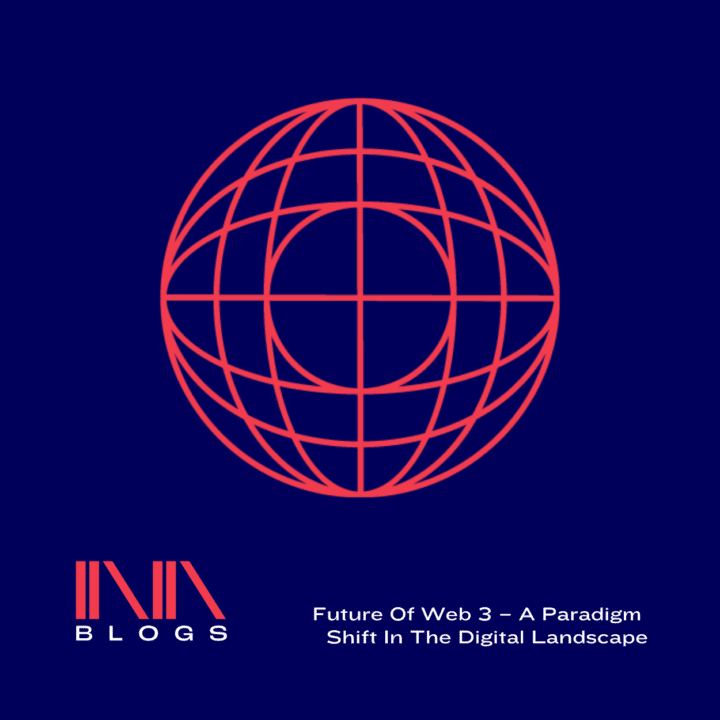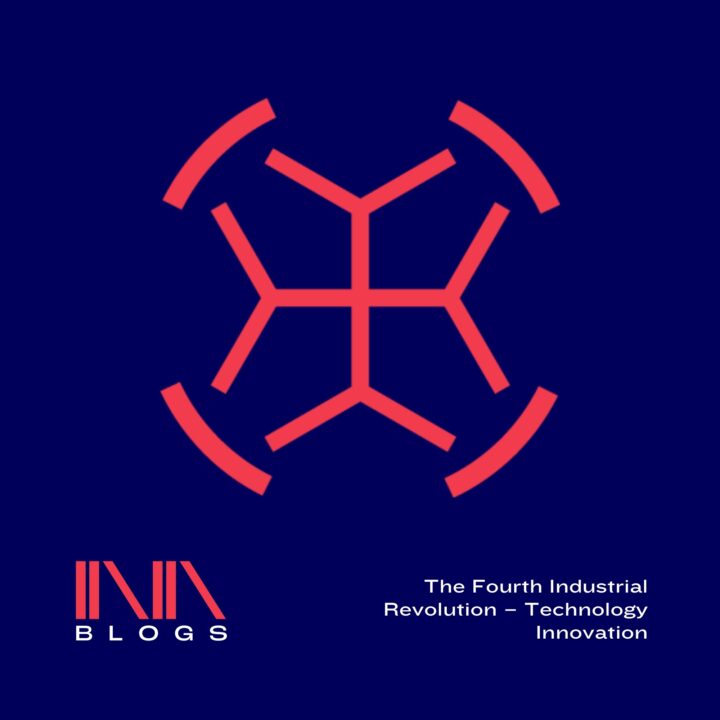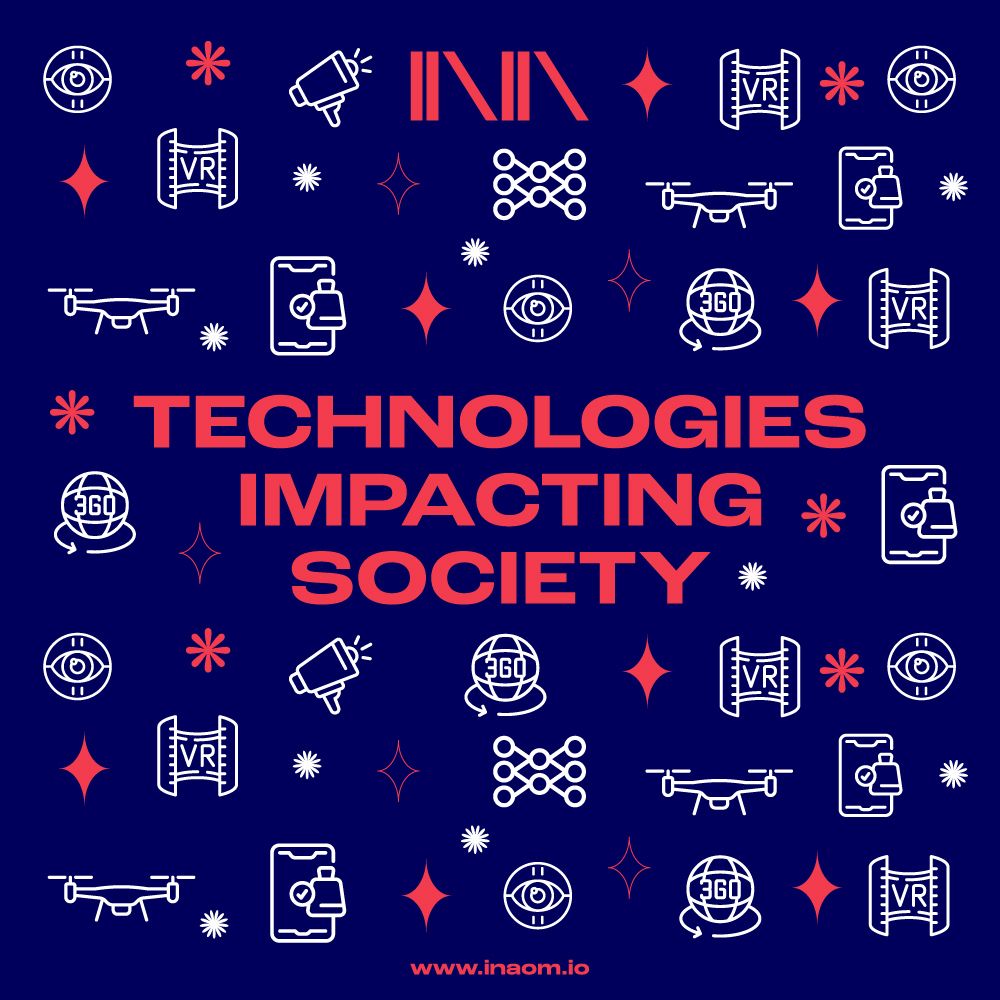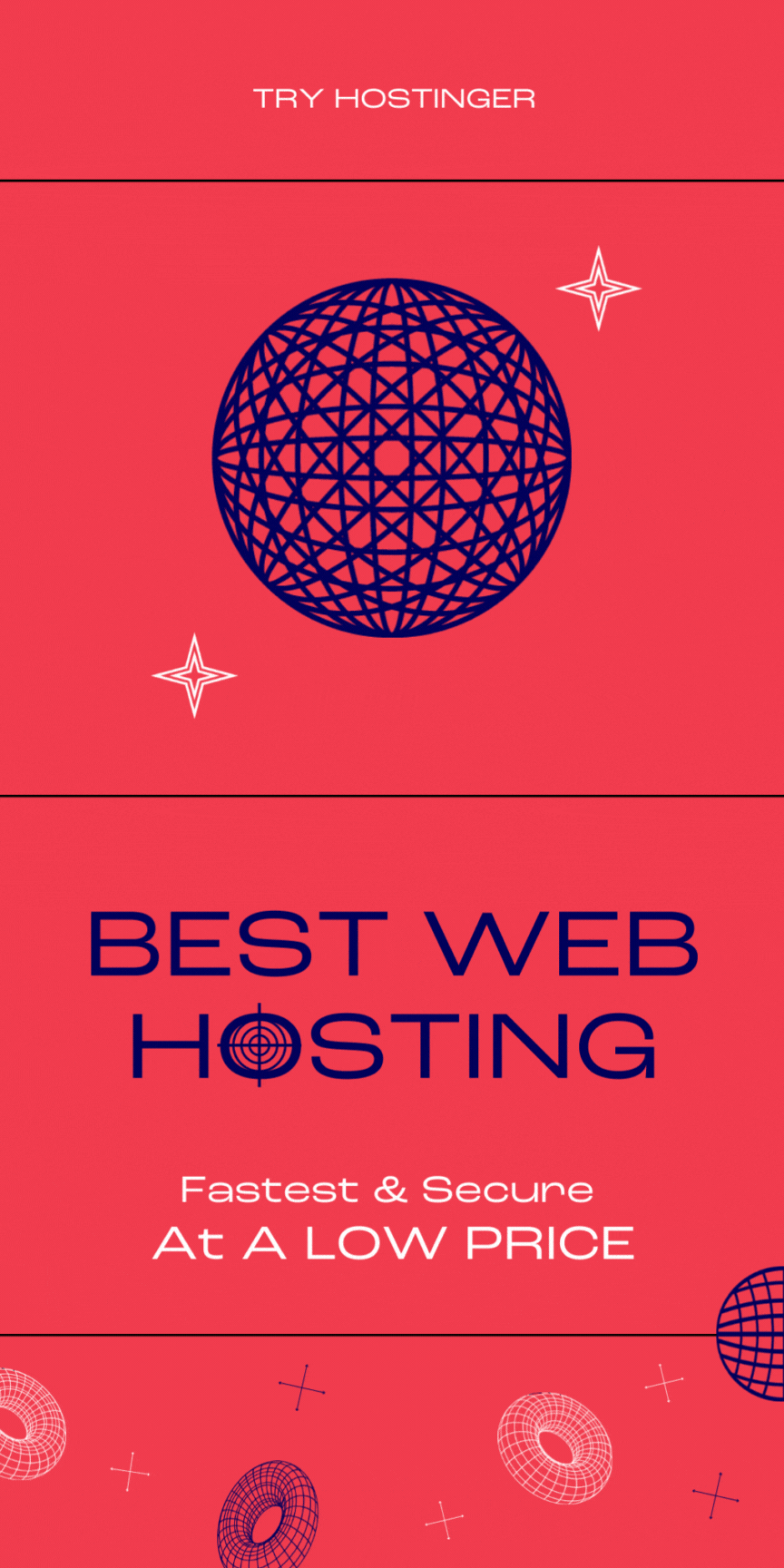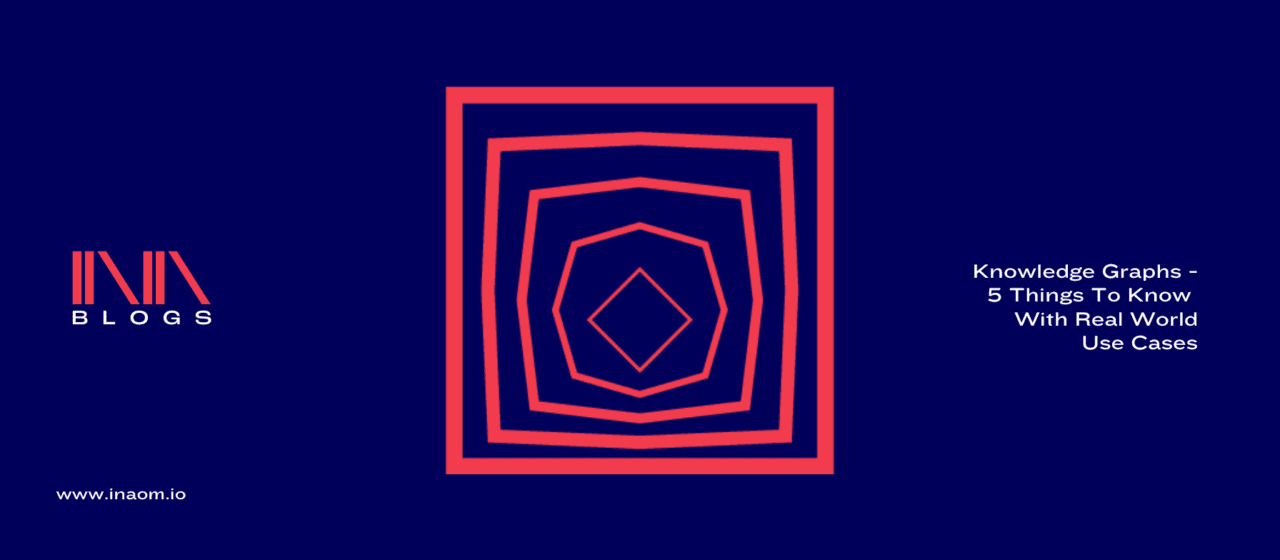
In today’s world, we are generating and storing data at an unprecedented rate. However, making sense of this data can be a challenge. Enter knowledge graphs – a powerful tool for organising and analysing complex data. Knowledge graphs represent data as a graph structure, allowing for easy connections between entities and relationships.
In this blog post, we will explore five key things you should know about knowledge graphs, including real-world use cases that demonstrate their effectiveness. From improving data integration to enhancing recommendation systems, knowledge graphs are transforming the way we analyse and understand data.
What Are Knowledge Graphs?
Knowledge graphs are a type of database that uses a graph structure to store and represent data. In a knowledge graph, nodes represent entities such as people, places, and things, while edges represent the relationships between those entities. This structure allows for easy connections between entities and relationships, making it a powerful tool for organising and analysing complex data.
Knowledge graphs are becoming increasingly popular due to their ability to support complex data analysis, machine learning applications, and personalised recommendation systems. They also improve data integration by creating a unified view of data from multiple sources, making it easier to manage data lineage, provenance, and access controls. Additionally, knowledge graphs can support data governance and compliance efforts, making them a valuable tool for regulated industries.
5 Things To Know About KG’s
Here are five key things you should know about knowledge graphs, along with real-world use cases that demonstrate their effectiveness:
1. Knowledge Graphs Enable Complex Data Analysis
One of the primary benefits of a knowledge graph is its ability to support complex data analysis. By representing data as a graph, it becomes possible to analyse the relationships between entities in a way that would be difficult or impossible with traditional databases. For example, the knowledge graph used by Google to power its search engine can be used to analyse the relationships between web pages, allowing for more accurate and relevant search results.
Real-World Use Case
The Mayo Clinic uses a knowledge graph to analyse patient data and identify potential risk factors for disease. By analysing the relationships between various patient attributes (such as age, gender, and medical history), the clinic is able to identify patterns and risk factors that would be difficult to identify using traditional methods.
2. Knowledge Graphs Support Machine Learning
Knowledge graphs are also well-suited to supporting machine learning applications. By organising data in a graph structure, it becomes possible to create more accurate and effective machine learning models. For example, a knowledge graph could be used to represent the relationships between different types of customer data, enabling a machine learning model to make more accurate predictions about customer behaviour.
Real-World Use Case
Airbnb uses a knowledge graph to power its machine learning models, which are used to make recommendations to users. By analysing the relationships between various types of data (such as user preferences and booking history), Airbnb is able to make more accurate and personalised recommendations to its users.
3. Knowledge Graphs Can Improve Data Integration
Another key benefit of knowledge graphs is their ability to improve data integration. By representing data as a graph, it becomes possible to connect data from different sources and create a unified view of that data. This is particularly useful in situations where data is stored in multiple, disparate systems.
Real-World Use Case
The pharmaceutical company Merck uses a knowledge graph to integrate data from various sources, including scientific publications, clinical trial data, and internal research data. By creating a unified view of this data, Merck is able to identify new drug targets and make more informed research decisions.
4. Knowledge Graphs Can Enhance Recommendation Systems
Recommendation systems are a key application of knowledge graphs. By analysing the relationships between various types of data (such as user preferences, purchase history, and product attributes), it becomes possible to make personalised recommendations to users.
Real-World Use Case
The streaming service Netflix uses a knowledge graph to make personalised recommendations to its users. By analysing the relationships between user viewing history, ratings, and other data, Netflix is able to make more accurate and relevant recommendations to its users.
5. Knowledge Graphs Can Support Data Governance And Compliance
Finally, knowledge graphs can be used to support data governance and compliance efforts. By representing data in a graph structure, it becomes easier to understand and manage data lineage, provenance, and access controls. This is particularly important in regulated industries where data privacy and security are major concerns.
Real-World Use Case
The financial services company Capital One uses a knowledge graph to support its data governance efforts. By representing data lineage and access controls as a graph, Capital One is able to ensure that data is managed in a compliant and secure manner.
How Do Knowledge Graphs Differ From Other Graphs?
Knowledge graphs differ from other types of graphs in their structure and purpose. While traditional graphs are typically used to represent mathematical relationships, knowledge graphs are designed to represent relationships between entities in a domain.
Unlike other types of graphs, knowledge graphs represent entities as nodes and their relationships as edges. These entities can be anything from people, places, and things to concepts and abstract ideas. By connecting these entities through relationships, knowledge graphs enable complex data analysis and support machine learning applications.
Furthermore, knowledge graphs can integrate data from multiple sources, creating a unified view of data from disparate systems. This feature allows knowledge graphs to improve data governance and compliance by facilitating data lineage, provenance, and access controls.
Overall, knowledge graphs are a powerful tool for organising and analysing complex data in a way that traditional graphs cannot.
Conclusion
In a data-rich landscape, knowledge graphs emerge as a dynamic paradigm, transcending traditional graph models. Their unique structure, centred around entities and their relationships, empowers intricate data analysis, enriches machine learning endeavours, and refines recommendation systems. The capacity to unify diverse data sources enhances integration while bolstering data governance and compliance.
As we navigate this era of information abundance, knowledge graphs are a formidable solution, illuminating hidden insights and fostering a deeper understanding of the complex interplay within our data-driven world. Embracing knowledge graphs is to embrace a new dimension of knowledge organisation and utilisation.
Frequently Asked Questions (FAQs)
Can Knowledge Graphs understand colloquial language?
Absolutely! Knowledge graphs are designed to understand natural language, including idioms, colloquialisms, and context. This enables them to provide more accurate and relevant results.
How does Facebook use Knowledge Graphs?
Facebook employs knowledge graphs to enhance user connections. It analyses your interactions, interests, and mutual friends to suggest new connections, creating a more vibrant social experience.
Are Knowledge Graphs only used by big corporations?
No, knowledge graphs are increasingly adopted by organisations of all sizes. With the growth of AI and data-driven technologies, even smaller businesses can harness their benefits to improve customer experience and decision-making.
Can Knowledge Graphs predict future trends?
While they can’t predict the future outright, knowledge graphs can identify patterns and relationships in existing data that may indicate potential trends. They serve as powerful tools for informed decision-making.
How do Knowledge Graphs impact content creation?
Knowledge graphs push content creators to focus on producing high-quality, context-rich content. This leads to better visibility in search results and improved user engagement.
Is there an open-source Knowledge Graph platform?
Yes, platforms like Neo4j and Apache Jena provide open-source solutions for building and managing Knowledge Graphs. These tools democratise access to this technology.

